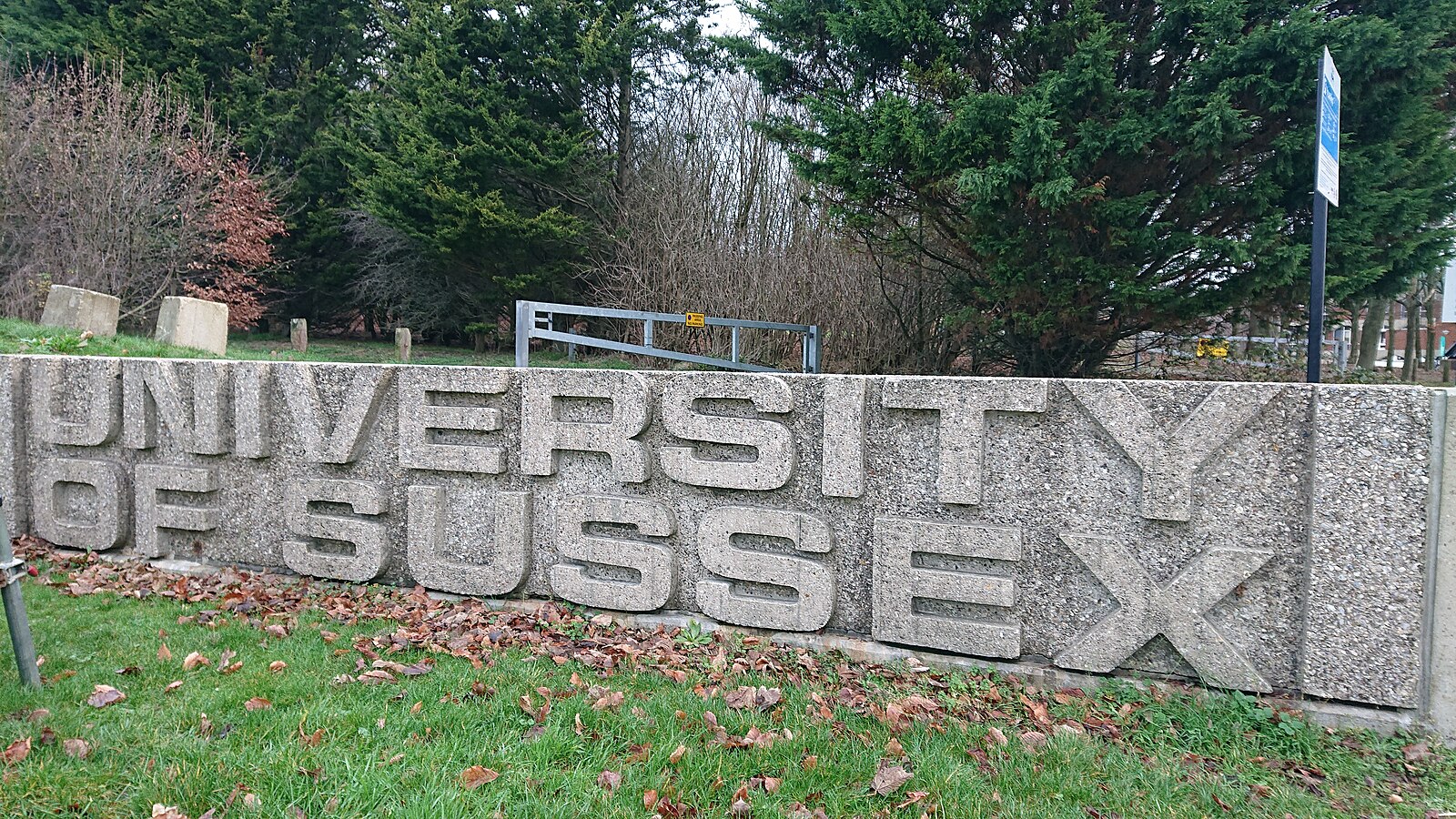Dutch scientists have made strides towards uncovering more of the medical mystery that causes some twins to be born identical. Their discovery can help treat congenital disorders that identical twins are disproportionately afflicted with, such as spina bifida.
Identical twins form after a zygote (a fertilized egg) splits into two embryos sharing exactly the same genes. The cause for this split is still unknown.
The ruling theory among scientists is that the biological process that leads to “monozygotic twinning” is random, however, international researchers led by the Vrije Universiteit Amsterdam have found what could be a common “signature” on the DNA of identical twins.
The study explored the epigenetic modifications in twins’ DNA, which are factors that can switch genes “on” or “off” without altering the underlying sequence. They discovered that identical twins from around the world share similar marks at 834 points across their genome, which is the total sum of an organism’s DNA.
These marks can let researchers determine, with up to 80 percent accuracy, whether a person is an identical twin, even for individuals who are unaware of being separated at birth from their twin or lost their twin in the womb, a phenomenon known as vanishing twin syndrome.
Researchers are still unsure of whether the chemical marks on the DNA are caused by the conception of identical twins, or if they are a consequence of the twinning process. Regardless, the discovery of the common marks may help a significant group of people.
Around 12 percent of human pregnancies start as multiple embryos, however, just under two percent are carried to term, with many people in the dark about having once had a twin in the womb.
According to Nancy Segal, a developmental psychologist at California State University, the discovery is “a very, very important finding,” because it allows those who are unaware of being a twin the chance to take preventative measures for several conditions that identical twins are predisposed to.
Source study: Nature Communications—Identical twins carry a persistent epigenetic signature of early genome programming











